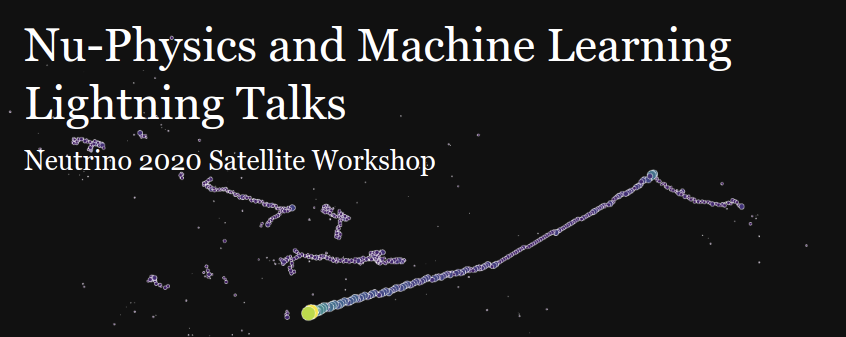Speaker
Description
Neutrinos are the most abundant but also the most mysterious fermions in the universe. In rare event searches like those for neutrinoless double-beta decay (0νββ), one of major backgrounds is caused by cosmic muon spallation. To remove these background events, a precise method with high efficiency is required to separate them from signal events. Machine learning offers a solution to this problem. More specifically, for the spherical detector in KamLAND-Zen, convolutional neural networks (CNNs) based on a spherical system provides a way to classify the data. Besides the classification, a method related to regional CNNs is also developed, aiming to reconstruct the direction of particles in a detector. This poster will cover the concept and usage of spherical CNNs for KamLAND-Zen’s data, and the current performance of the direction-determination for simulations.



